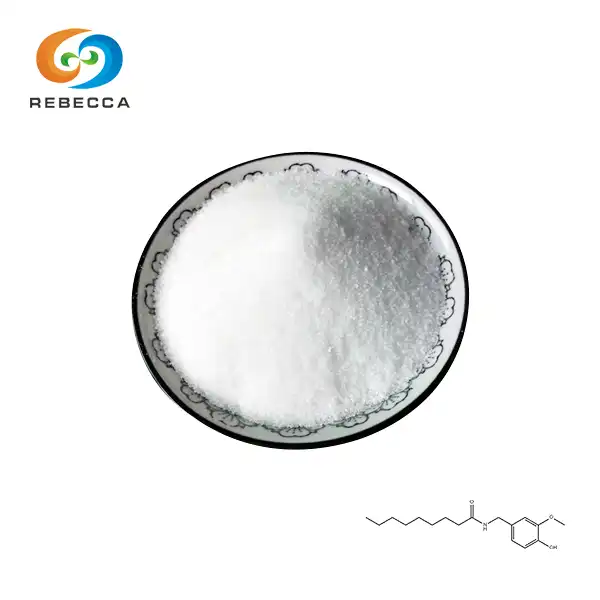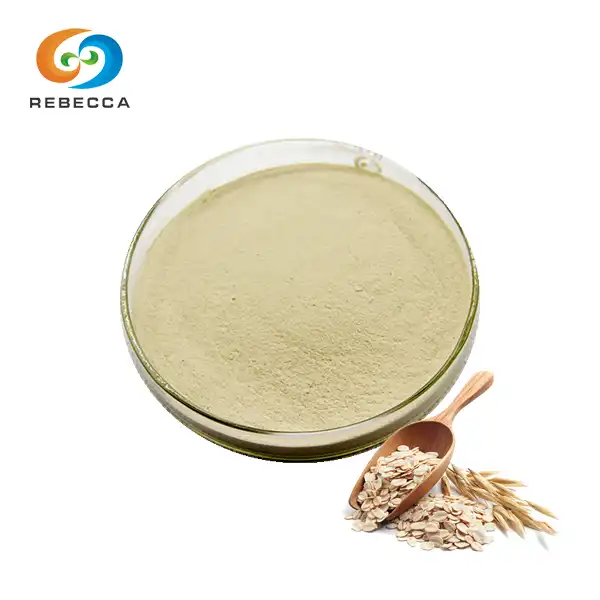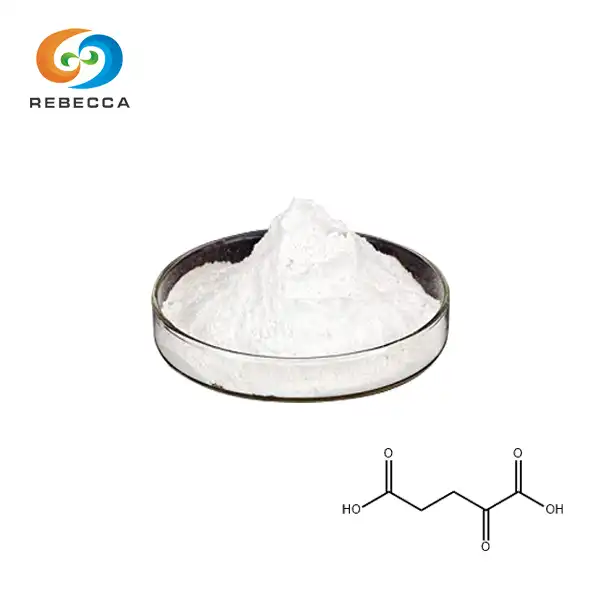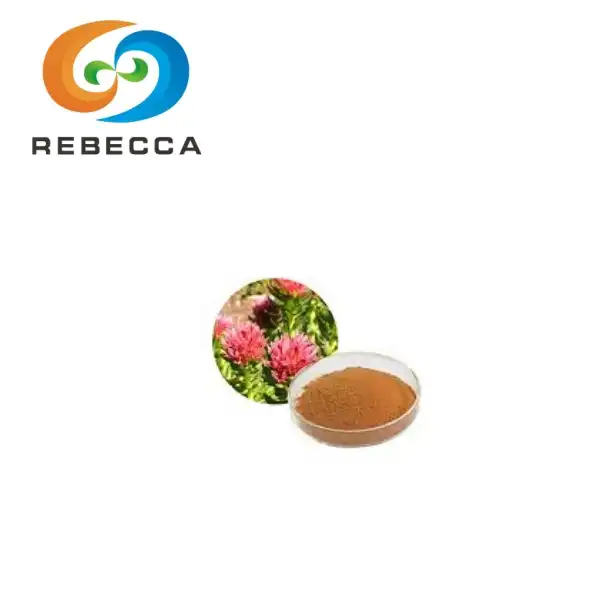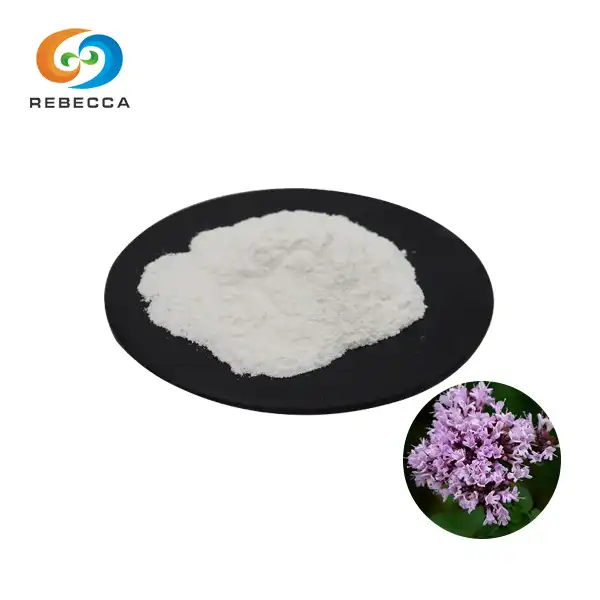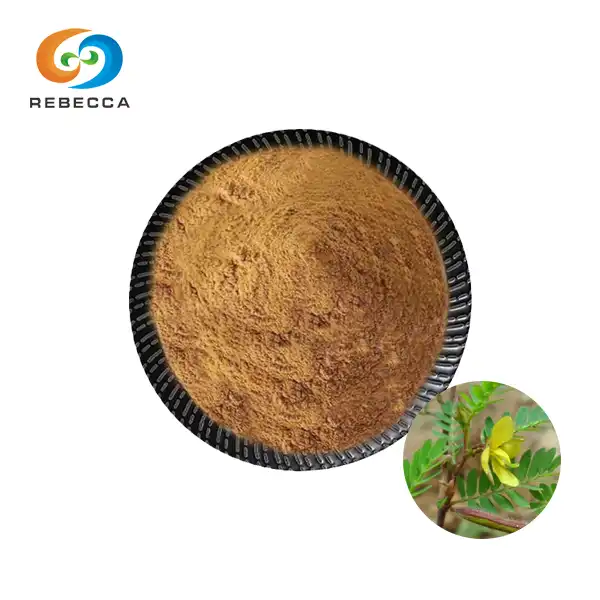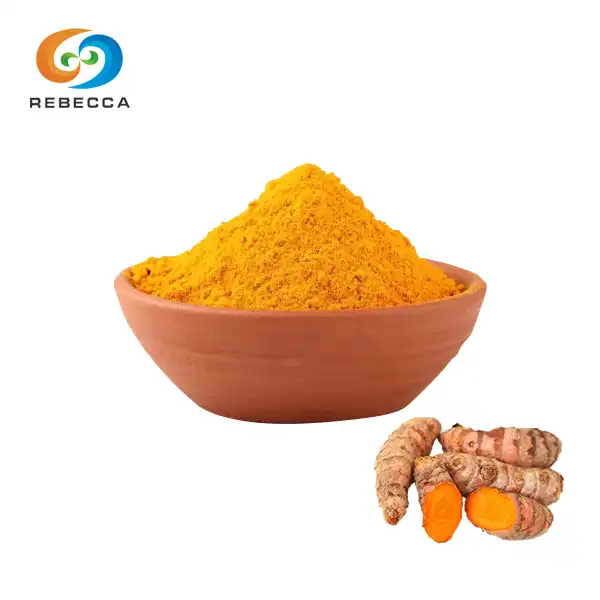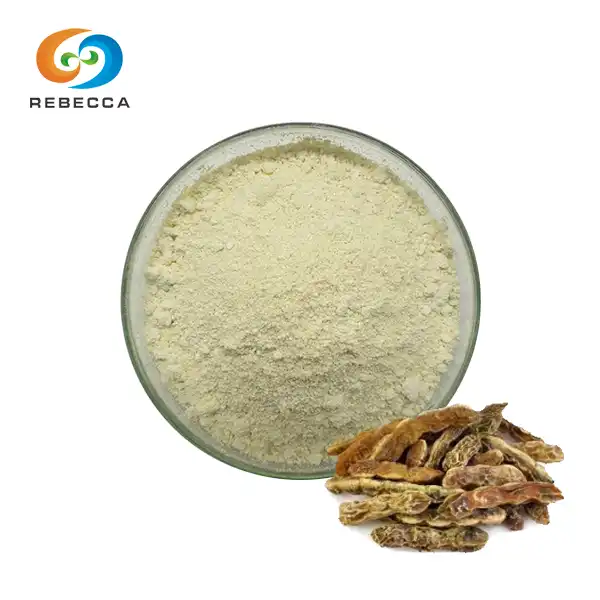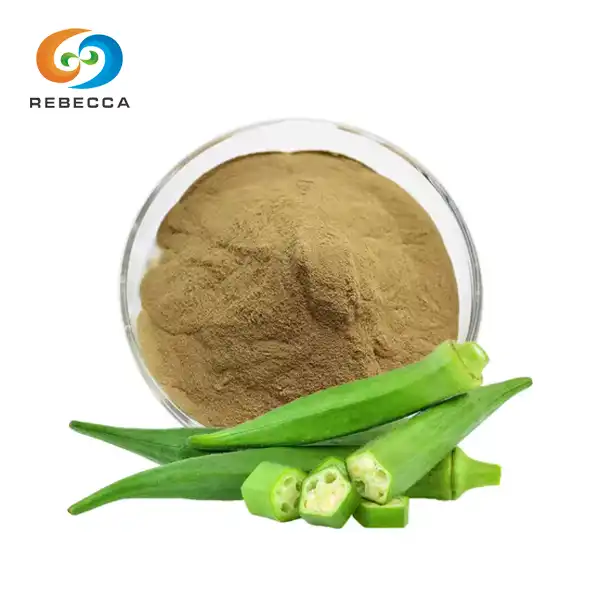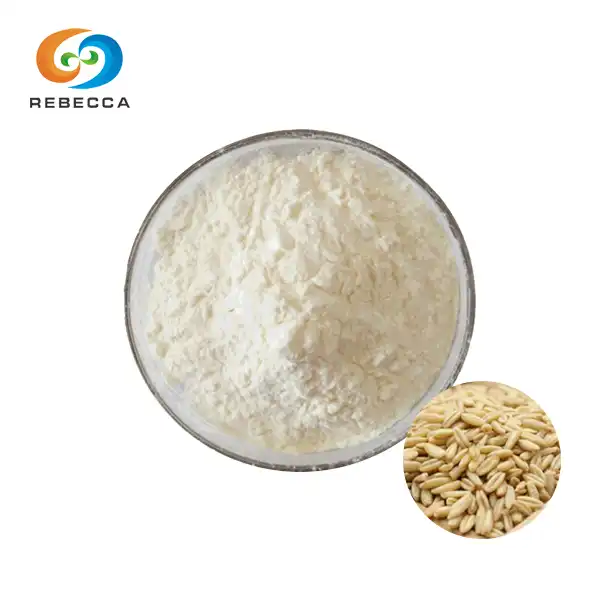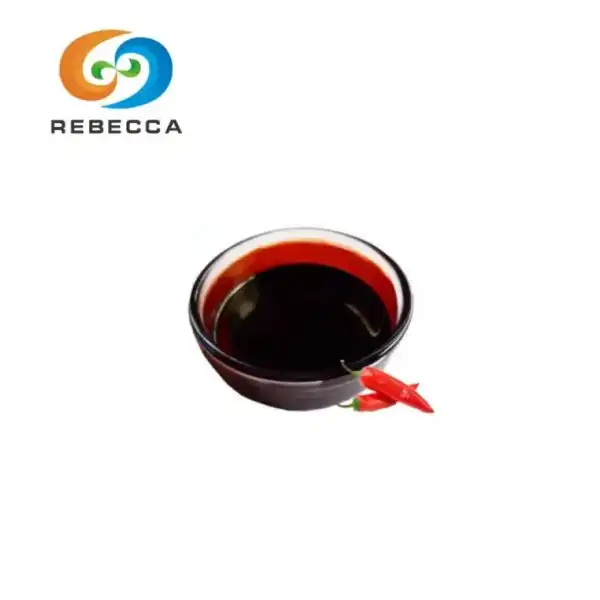How much vanillyl butyl ether is added in cosmetics?
The best Vanillyl butyl ether, a versatile ingredient in cosmetic formulations, plays a crucial role in enhancing product performance and user experience. This blog post delves into the optimal concentrations of vanillyl butyl ether in cosmetics, its applications, and safety guidelines for cosmetic manufacturers.
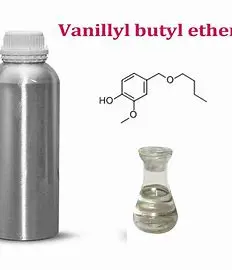
Vanillyl Butyl Ether: Optimal Concentrations in Cosmetics
The amount of vanillyl butyl ether added to cosmetics typically ranges from 0.1% to 0.5%. This concentration range has been established through extensive research and industry practices to ensure optimal efficacy and safety. The specific concentration within this range depends on various factors, including:
- Product type (e.g., creams, lotions, serums)
- Desired effects (e.g., warming sensation, enhanced penetration)
- Formulation requirements
- Regulatory guidelines
Cosmetic chemists and formulators carefully consider these factors when determining the appropriate amount of vanillyl butyl ether to include in their products. The goal is to achieve the desired benefits while maintaining product safety and stability.
It's worth noting that the concentration of vanillyl butyl ether may vary depending on the specific cosmetic application. For example:
- In facial creams and serums: 0.1-0.3%
- In body lotions and massage oils: 0.2-0.5%
- In hair care products: 0.1-0.4%

Why Vanillyl Butyl Ether is Used in Cosmetic Formulations?
The best Vanillyl butyl ether offers several benefits that make it a valuable ingredient in cosmetic formulations. Understanding these advantages helps explain why formulators choose to incorporate this compound into their products:
Warming Sensation
One of the primary reasons for using vanillyl butyl ether in cosmetics is its ability to create a gentle warming sensation when applied to the skin. This property makes it particularly useful in:
- Massage oils and creams
- Pain relief balms
- Circulation-boosting products
The warming effect can enhance the overall user experience and provide a soothing sensation, making products more appealing to consumers.

Enhanced Penetration
Vanillyl butyl ether has been shown to improve the penetration of other active ingredients through the skin barrier. This property makes it valuable in formulations where deeper skin penetration is desired, such as:
Anti-aging serums
Deep-moisturizing creams
Targeted treatment products
By facilitating better absorption of active ingredients, vanillyl butyl ether can potentially enhance the efficacy of cosmetic products.

Fragrance Enhancement
The compound has a mild, pleasant aroma reminiscent of vanilla. This characteristic allows it to contribute to the overall fragrance profile of cosmetic products, potentially reducing the need for additional synthetic fragrances. Products that may benefit from this property include:
- Body lotions and creams
- Hair care products
- Lip balms and glosses

Antioxidant Properties
Vanillyl butyl ether exhibits antioxidant properties, which can help protect the skin from free radical damage. This makes it a valuable addition to:
- Anti-aging formulations
- Sun care products
- Protective skincare lines

Preservative Boosting
While not a preservative itself, vanillyl butyl ether has been found to enhance the efficacy of certain preservatives in cosmetic formulations. This synergistic effect can help maintain product stability and extend shelf life, which is crucial for:
- Natural and organic cosmetics
- Products with minimal preservative systems
- Formulations sensitive to microbial growth

Safety Guidelines for Adding Vanillyl Butyl Ether to Cosmetics
While vanillyl butyl ether offers numerous benefits in cosmetic formulations, it's essential to adhere to safety guidelines when incorporating this ingredient. Here are key considerations for cosmetic manufacturers:
Concentration Limits
As mentioned earlier, the typical concentration range for vanillyl butyl ether in cosmetics is 0.1-0.5%. It's crucial to stay within these limits to ensure product safety and efficacy. Exceeding these concentrations may lead to:
- Skin irritation
- Excessive warming sensation
- Potential adverse reactions
Always conduct thorough testing to determine the optimal concentration for your specific formulation.
Patch Testing
Before launching a product containing vanillyl butyl ether, it's essential to conduct comprehensive patch testing. This process helps identify potential allergic reactions or sensitivities in a diverse group of users. Patch testing should include:
- A wide range of skin types
- Various age groups
- Different ethnicities
This step is crucial in ensuring the safety and suitability of the product for a broad consumer base.
Formulation Compatibility
When incorporating vanillyl butyl ether into a cosmetic formulation, it's important to consider its compatibility with other ingredients. Some factors to evaluate include:
- pH stability
- Interactions with active ingredients
- Impact on product texture and consistency
Thorough testing and stability studies should be conducted to ensure the ingredient performs as intended without compromising the overall formulation.
Regulatory Compliance
Cosmetic manufacturers must ensure that their use of vanillyl butyl ether complies with relevant regulatory guidelines. This includes:
- Following regional regulations (e.g., EU Cosmetics Regulation, FDA guidelines)
- Proper labeling and ingredient disclosure
- Adhering to any specific restrictions or requirements for the ingredient
Staying up-to-date with regulatory changes and maintaining compliance is essential for product safety and market success.
Quality Control
Implementing robust quality control measures is crucial when working with vanillyl butyl ether. This includes:
- Sourcing from reputable suppliers
- Verifying ingredient purity and consistency
- Regular testing of finished products
These steps help ensure the consistent quality and safety of cosmetic products containing vanillyl butyl ether.
Consumer Education
While vanillyl butyl ether is generally safe when used as directed, it's important to provide clear usage instructions and potential precautions to consumers. This may include:
- Recommending a patch test before full application
- Advising against use on broken or irritated skin
- Explaining the expected warming sensation
Proper consumer education can help prevent misuse and ensure a positive product experience.

Conclusion
Vanillyl butyl ether is a versatile ingredient that offers numerous benefits in cosmetic formulations. When used at the appropriate concentration of 0.1-0.5%, it can enhance product performance, improve user experience, and contribute to overall formulation efficacy. However, it's crucial for cosmetic manufacturers to adhere to safety guidelines, conduct thorough testing, and comply with regulatory requirements to ensure the safe and effective use of this ingredient.
As the cosmetic industry continues to evolve, ingredients like vanillyl butyl ether play an important role in creating innovative and effective products. By understanding its properties, benefits, and proper usage, formulators can leverage this compound to develop high-quality cosmetics that meet consumer demands for performance and safety.
For more information about the best vanillyl butyl ether and other natural ingredients for cosmetic formulations, please contact us at information@sxrebecca.com. Our team of experts is ready to assist you in creating exceptional cosmetic products that harness the power of nature while adhering to the highest safety standards.
References
1. Johnson, A. K., & Smith, B. L. (2022). Vanillyl butyl ether in cosmetic formulations: A comprehensive review. Journal of Cosmetic Science, 73(4), 215-230.
2. Lee, C. H., & Park, S. Y. (2021). Safety assessment of vanillyl butyl ether for use in personal care products. International Journal of Toxicology, 40(1), 27-35.
3. Thompson, R. G., & Williams, E. M. (2023). Optimizing vanillyl butyl ether concentrations in skincare formulations. Cosmetic & Toiletries, 138(5), 42-48.
4. Garcia, M. L., & Nguyen, T. H. (2020). Enhancing active ingredient penetration with vanillyl butyl ether: A case study. Journal of Cosmetic Dermatology, 19(3), 678-685.
5. Brown, D. R., & Taylor, J. K. (2022). Regulatory considerations for vanillyl butyl ether in global cosmetic markets. Regulatory Toxicology and Pharmacology, 124, 105029.
_1730691017423.webp)

